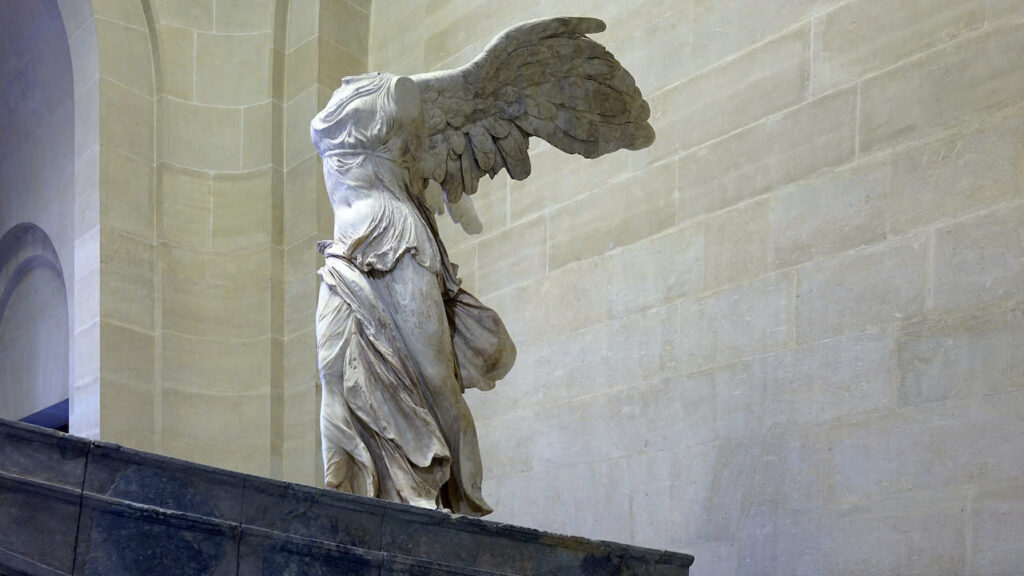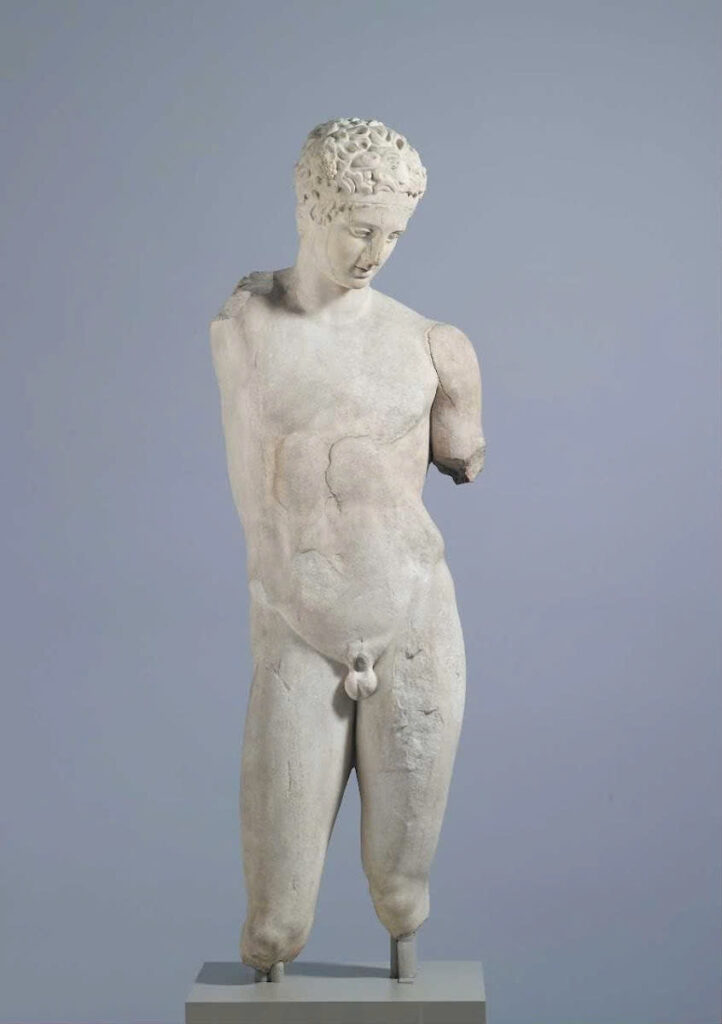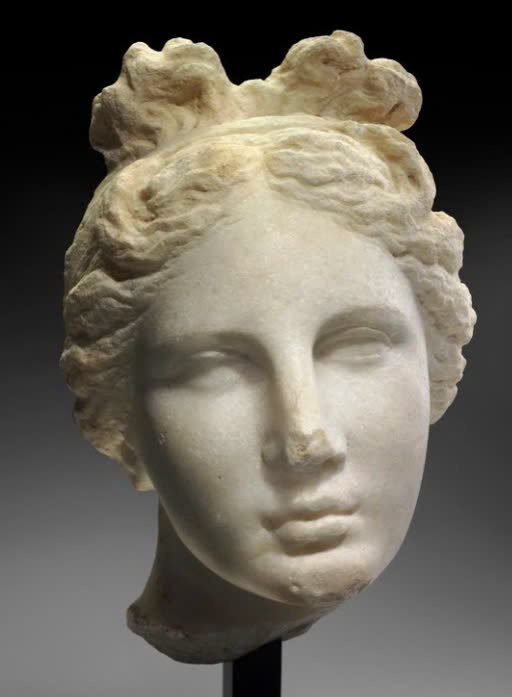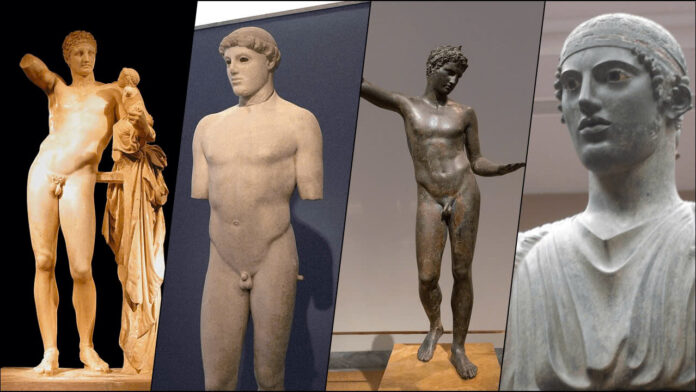The Timeless Dance of Stone and Emotion

Throughout history, the art of sculpture has undergone a fascinating journey, evolving in cycles that mirror the human experience. From the sun-drenched shores of Ancient Greece to the opulent halls of Baroque palaces, sculptors have shaped stone into forms that capture the essence of their times.
The Greek Trilogy: Archaic, Classical, and Hellenistic

In the cradle of Western civilization, Greek sculptors began a revolution that would echo through millennia. The Archaic period birthed the Kouros, a figure of idealized youth, frozen in time with an enigmatic smile. These statues stood tall and proud, yet their rigid postures and emotionless faces hinted at the artistic journey to come.

As the golden age of Athens dawned, Classical sculpture breathed life into stone. The idealized beauty remained, but now figures stood in natural poses, their faces hinting at inner thoughts and feelings. The marble seemed to soften, capturing the grace of the human form with unprecedented realism.

The Hellenistic era brought a whirlwind of emotion to the art world. Sculptures burst with movement and passion, their faces etched with joy, sorrow, and everything in between. The anonymous youths of the Archaic period gave way to startlingly lifelike portraits, such as the weathered visage of Aristotle, every wrinkle a testament to a life of contemplation.

Medieval Abstractions and Renaissance Revival

As Europe entered the Middle Ages, sculpture took a step back from realism. Medieval artists favored universal representations, their figures identified more by symbols than individual features. Like their Archaic predecessors, these sculptures stood as silent sentinels of faith and tradition.

Then came the Renaissance, a rebirth of Classical ideals. Artists rediscovered the beauty of nature and the human form. Sculptures like the serene Cleopatra echoed the grace of Ancient Greece while adding a touch of contemporary elegance.
Baroque: The Culmination of Emotion

The Baroque period exploded onto the scene in a flurry of movement and emotion. Sculptors pushed their art to new heights, creating works that seemed to defy the very nature of stone. Figures twisted and turned, their faces alive with fear, ecstasy, and wonder. The marble itself appeared to transform, becoming flesh, fabric, and light under the sculptor’s chisel.
A Modern Reflection

As we look at modern sculpture, we see echoes of this grand cycle. Some pieces return to the simplicity of earlier times, while others push the boundaries of form and emotion. Each new work is a conversation with the past, a link in the unbroken chain of artistic evolution.

From the stoic Kouros to the dynamic figures of the Baroque, sculpture has always been a mirror of humanity’s quest to understand and express the world around us. As we stand before these silent storytellers, we’re reminded that art, like life, moves in cycles – always changing, yet forever connected to its roots.

